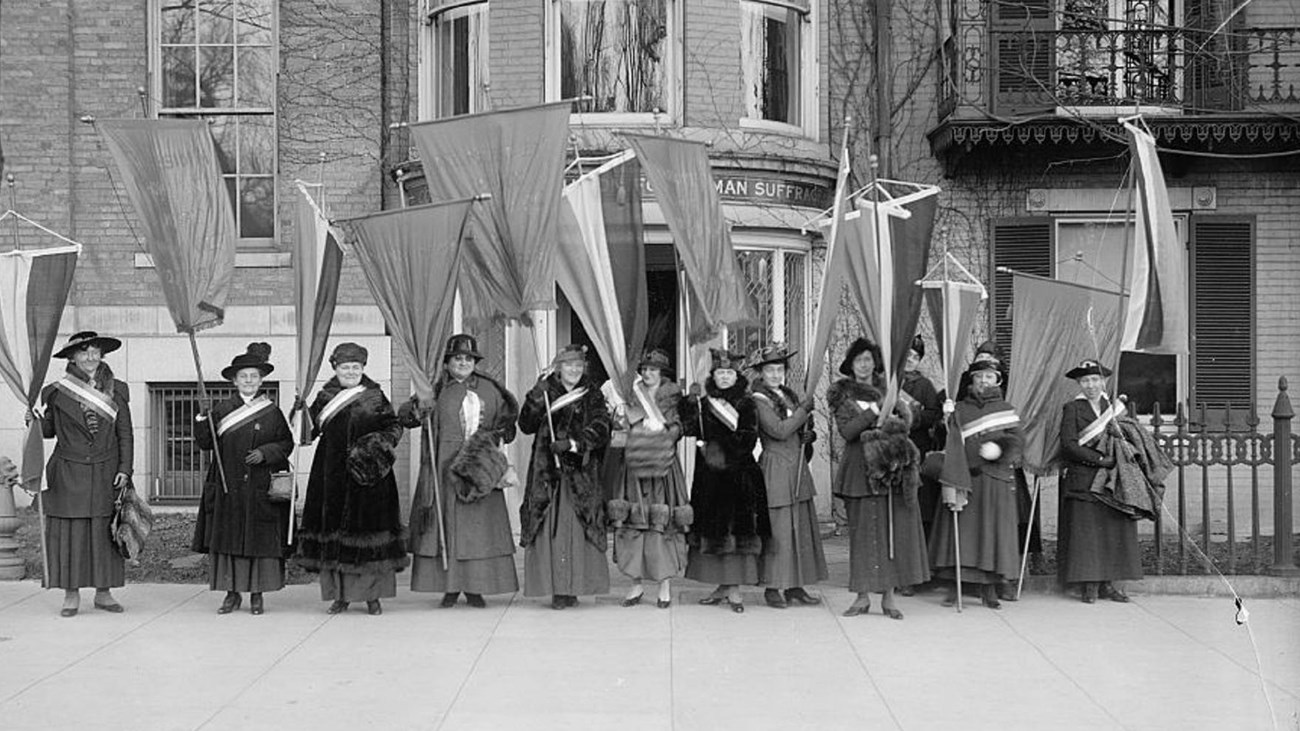Last updated: September 5, 2019
Article
American Samoa and the 19th Amendment

CC0
Women first organized and collectively fought for suffrage at the national level in July of 1848. Suffragists such as Elizabeth Cady Stanton and Lucretia Mott convened a meeting of over 300 people in Seneca Falls, New York. In the following decades, women marched, protested, lobbied, and even went to jail. By the 1870s, women pressured Congress to vote on an amendment that would recognize their suffrage rights. This amendment was sometimes known as the Susan B. Anthony amendment and became the 19th Amendment.
The amendment reads:
"The right of citizens of the United States to vote shall not be denied or abridged by the United States or any state on account of sex."
After decades of arguments for and against women's suffrage, Congress finally approved the 19th Amendment in June 1919. After Congress passed the 19th Amendment, at least 36 states needed to vote in favor of it for it to become law. This process is called ratification. In August of 1920, 36 states ratified the 19th Amendment, ensuring that the right to vote could not be denied in any state based on sex.
The 19th Amendment impacted women differently based on where they lived. American Samoa became a territory of the US beginning in 1900. People born in American Samoa are considered US nationals, not citizens. They elect a non-voting delegate to the US House of Representatives but cannot participate in national elections and do not vote for president. Although provisions in the US Constitution may not apply in American Samoa, including the 19th Amendment, the American Samoan Constitution established in 1967 conveys the right to vote to "every person" who is at least 18 years old.

Digitally explore the places of women's suffrage.
